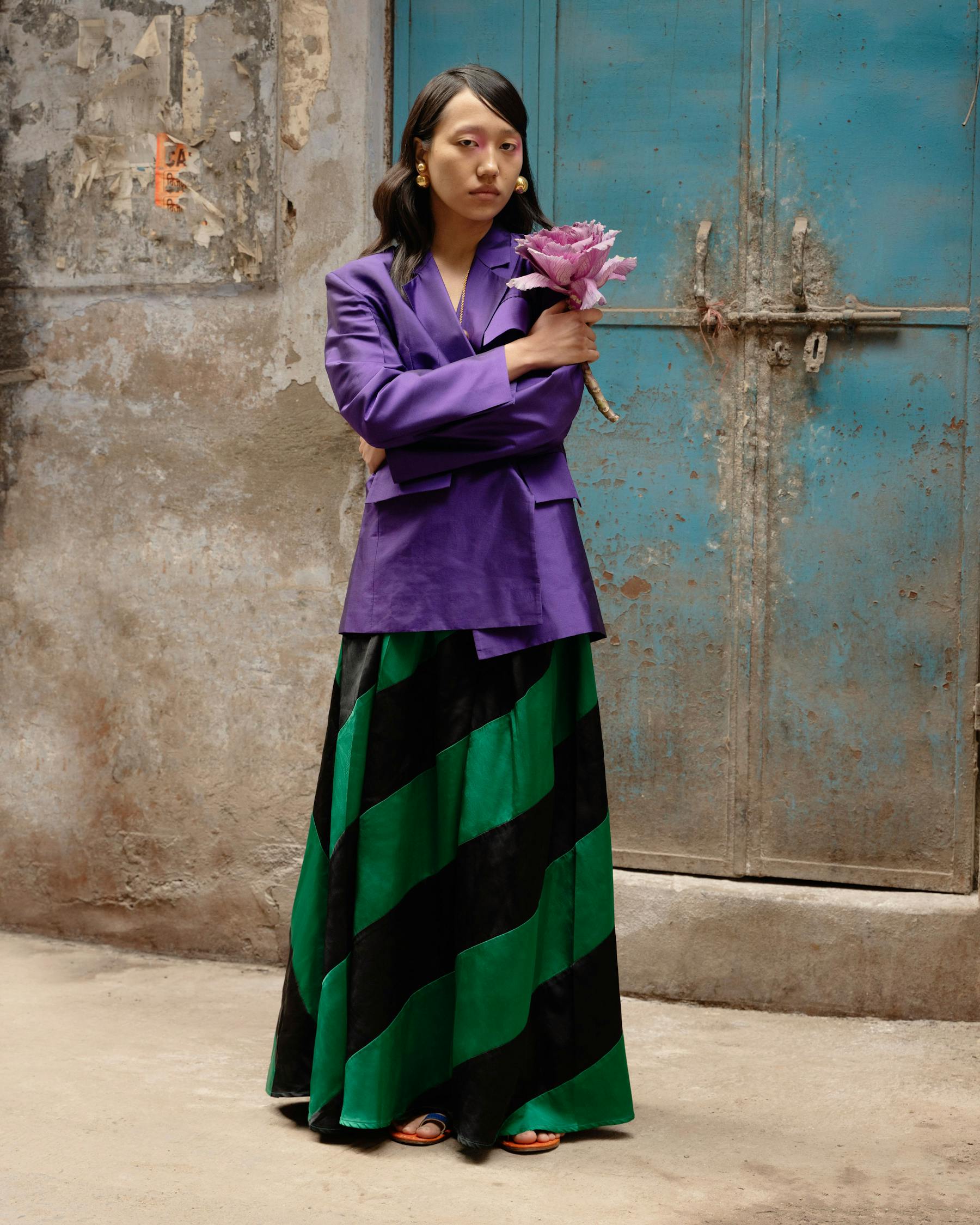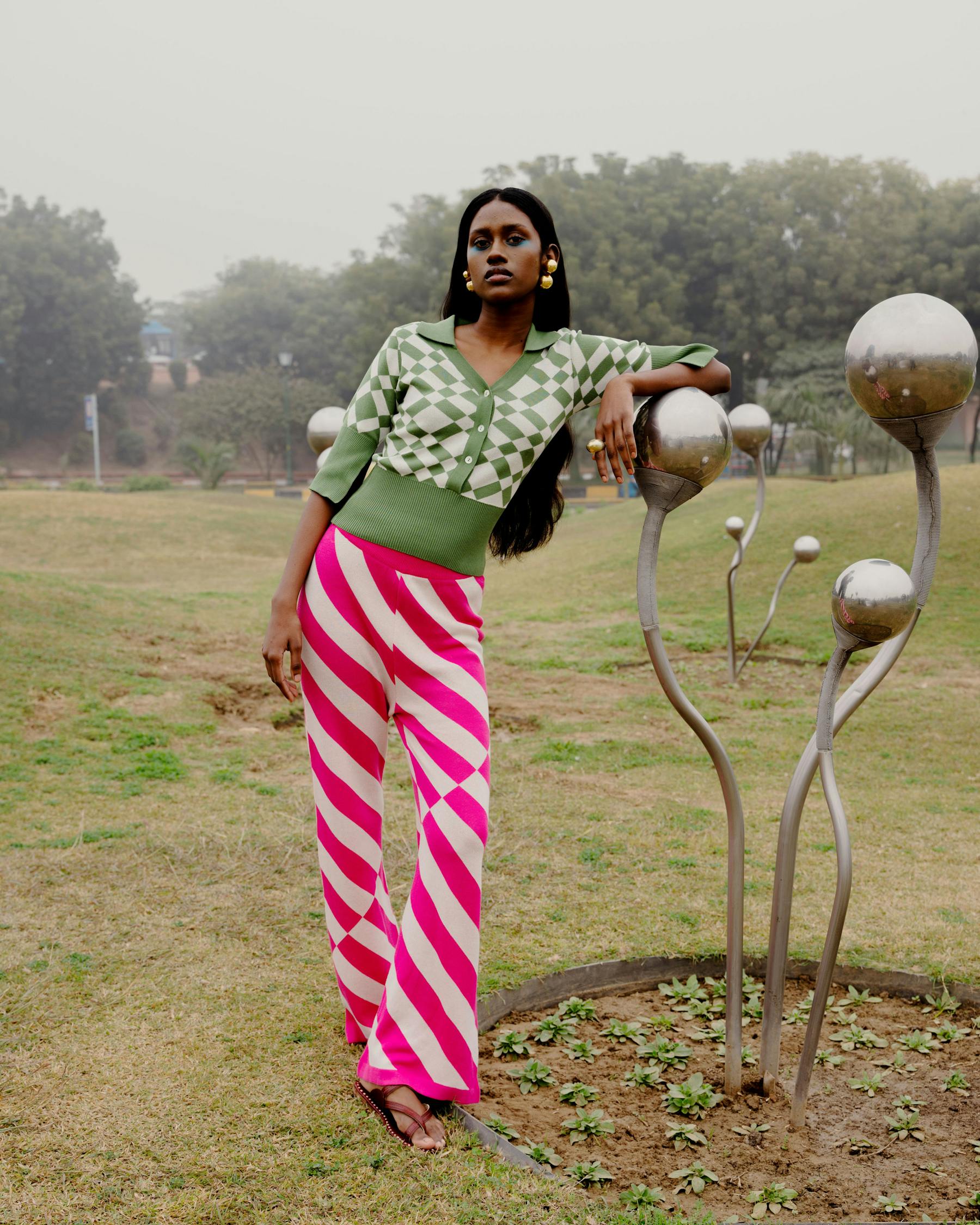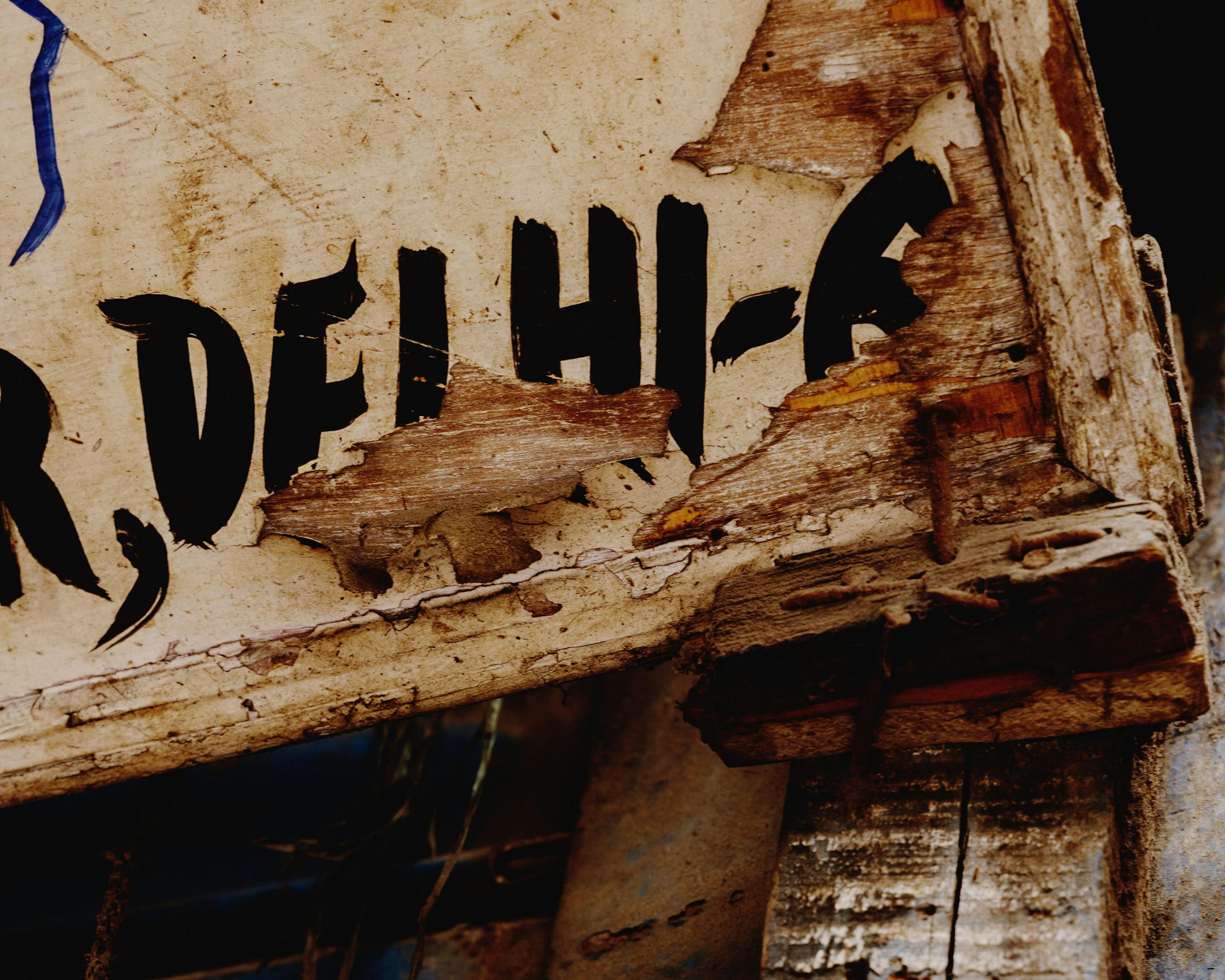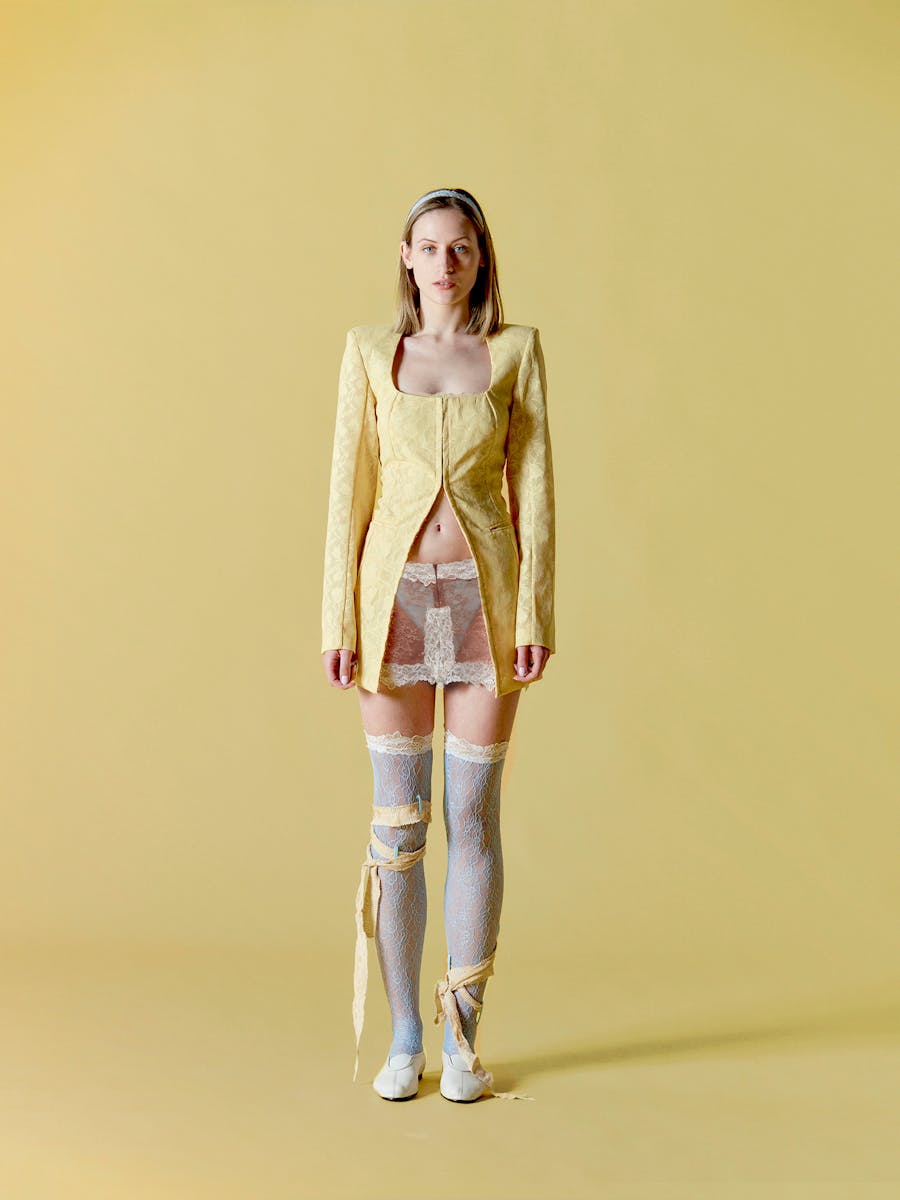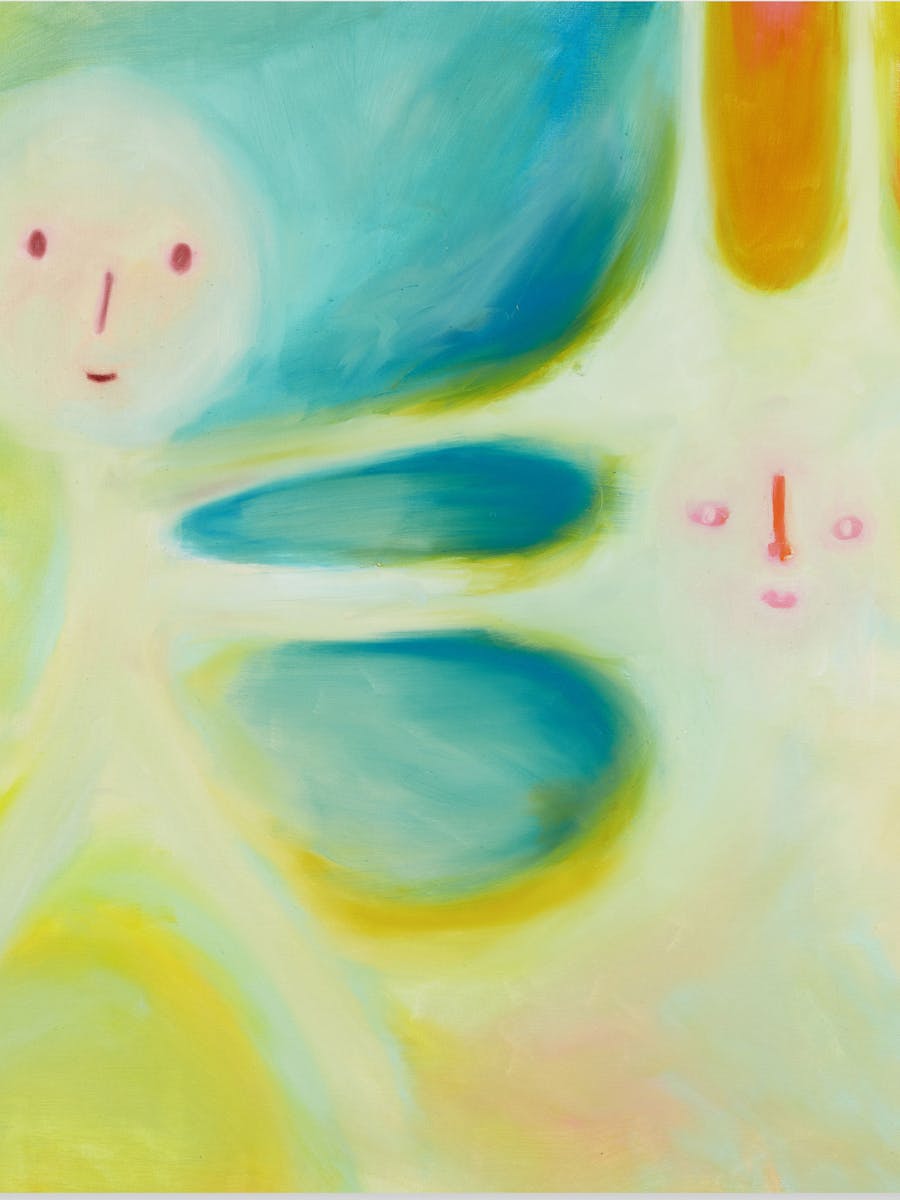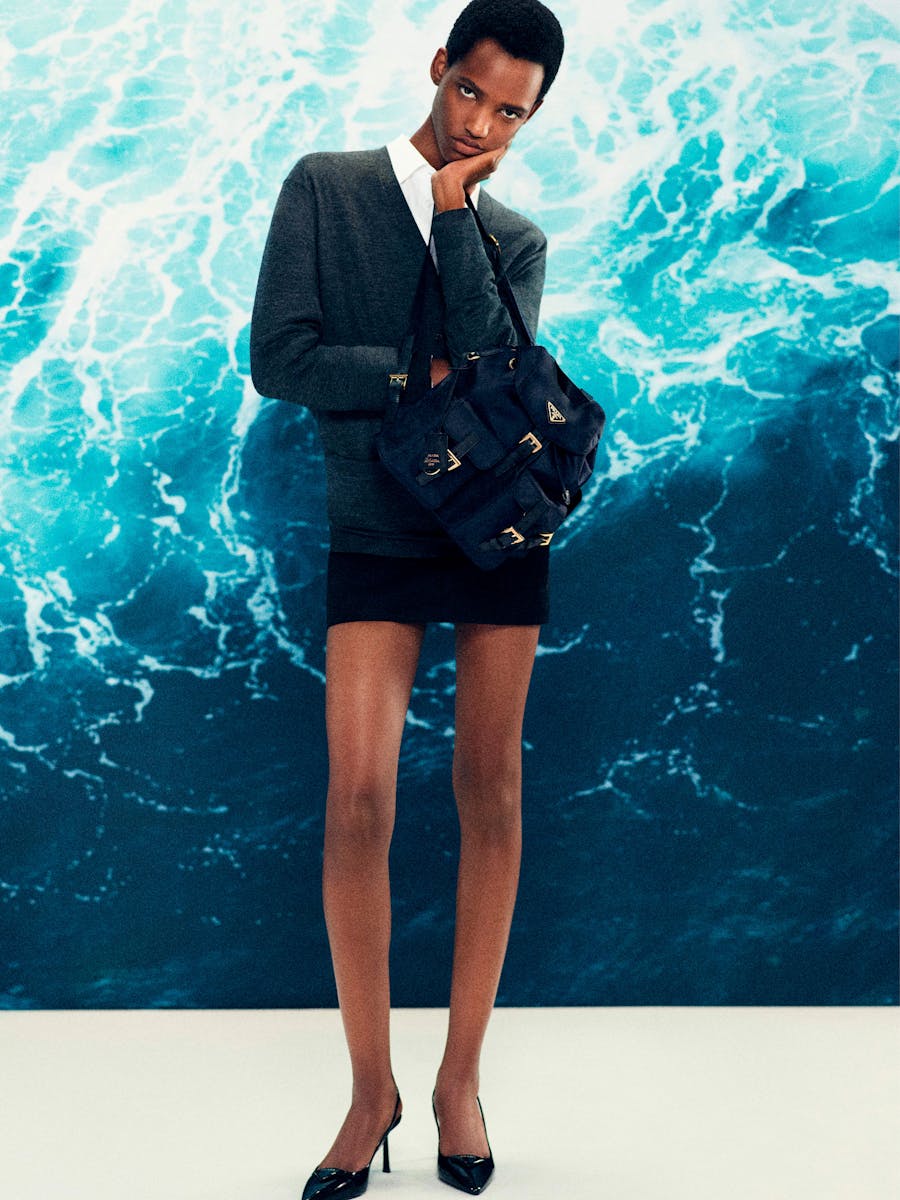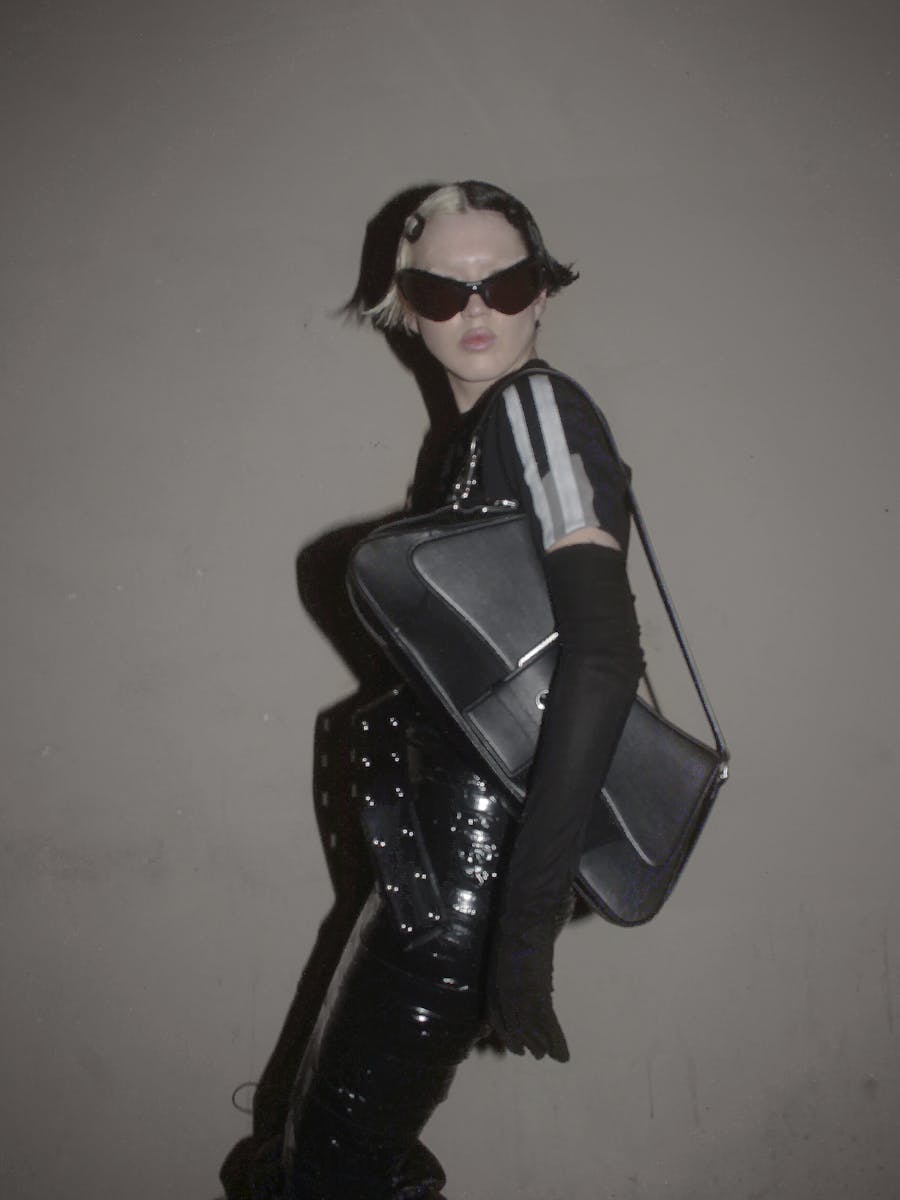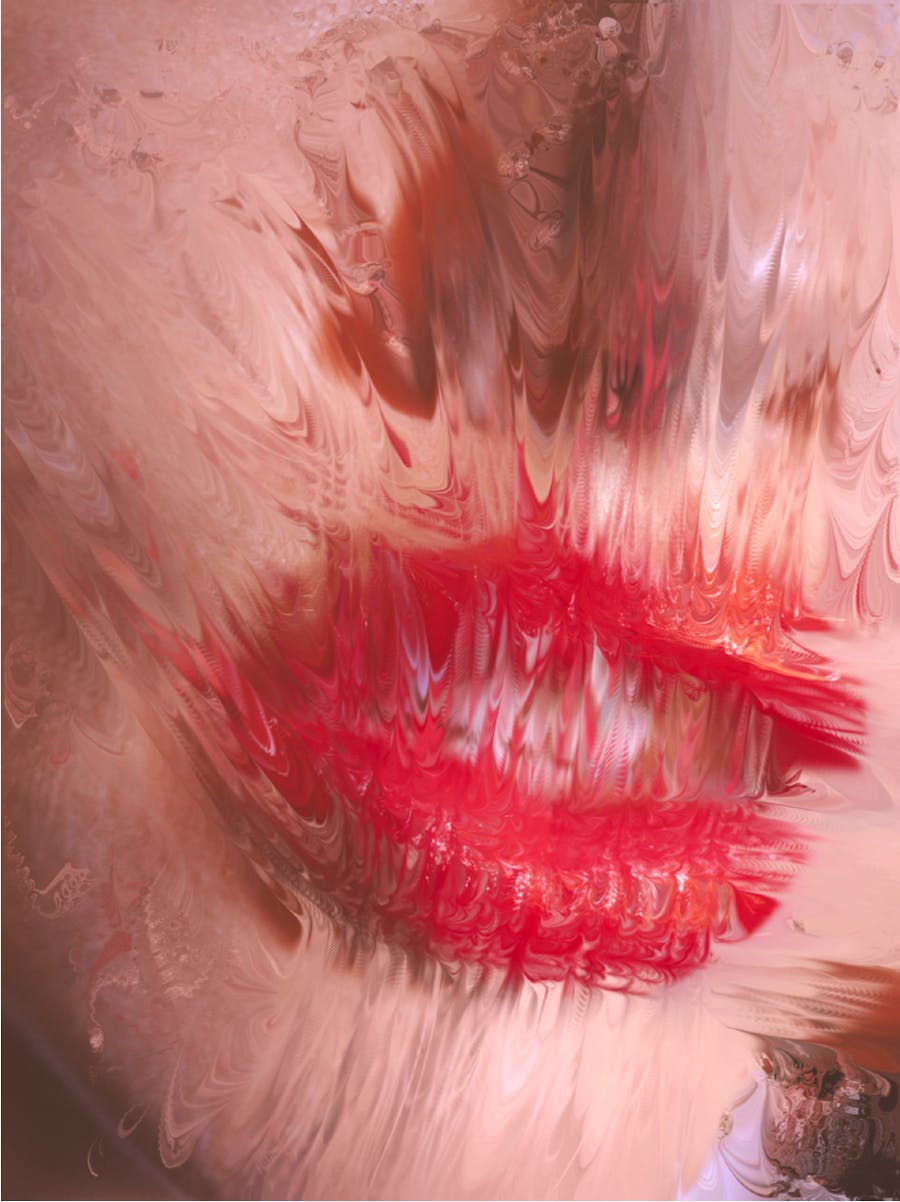Dive into the vibrant emulation and youth culture of New Delhi through four emerging fashion labels that embody the multifaceted nature of this Indian city: Kartik Research, NorBlack NorWhite, Rkive City, and Lovebirds. This journey explores heritage, upcycling, and craftsmanship as a deconstruction of modernity.
In a globalized industry seeking inspiration while grappling with new challenges and responsibilities, it can be beneficial to take a step back and draw insights from the creativity of different ecosystems. Let’s head to New Delhi, India, where a new generation of designers is leveraging the country’s age-old cultural richness and expertise to weave a fashion narrative that resonates with the times. Kartik Kumra, Mriga Kapadiya and Amrit Kumar, Ritwik Khanna, Amrita Khanna, and Gursi Singh are the faces of this vibrant and unconventional scene, exploring the fusion of traditional Indian fabrics with contemporary Western silhouettes.
Manvi Bhatnagar, Fashion Coordinator of Exhibition Magazine, visited New Delhi, her hometown, to capture the energy and essence of these designers amidst the bustling streets and flamboyant subcultures. Photographed between the modern district and Old Delhi—also known as “Dilli”—models Maria from Manipur, Jaynil from Jaipur, and Nishita from Jharkhand pose under the discerning eye of photographer Abhishek Khedekar. This style lesson blends streetwear with uniqueness, slowness with preciousness, reflecting the colors of India and its multiple imaginary worlds.
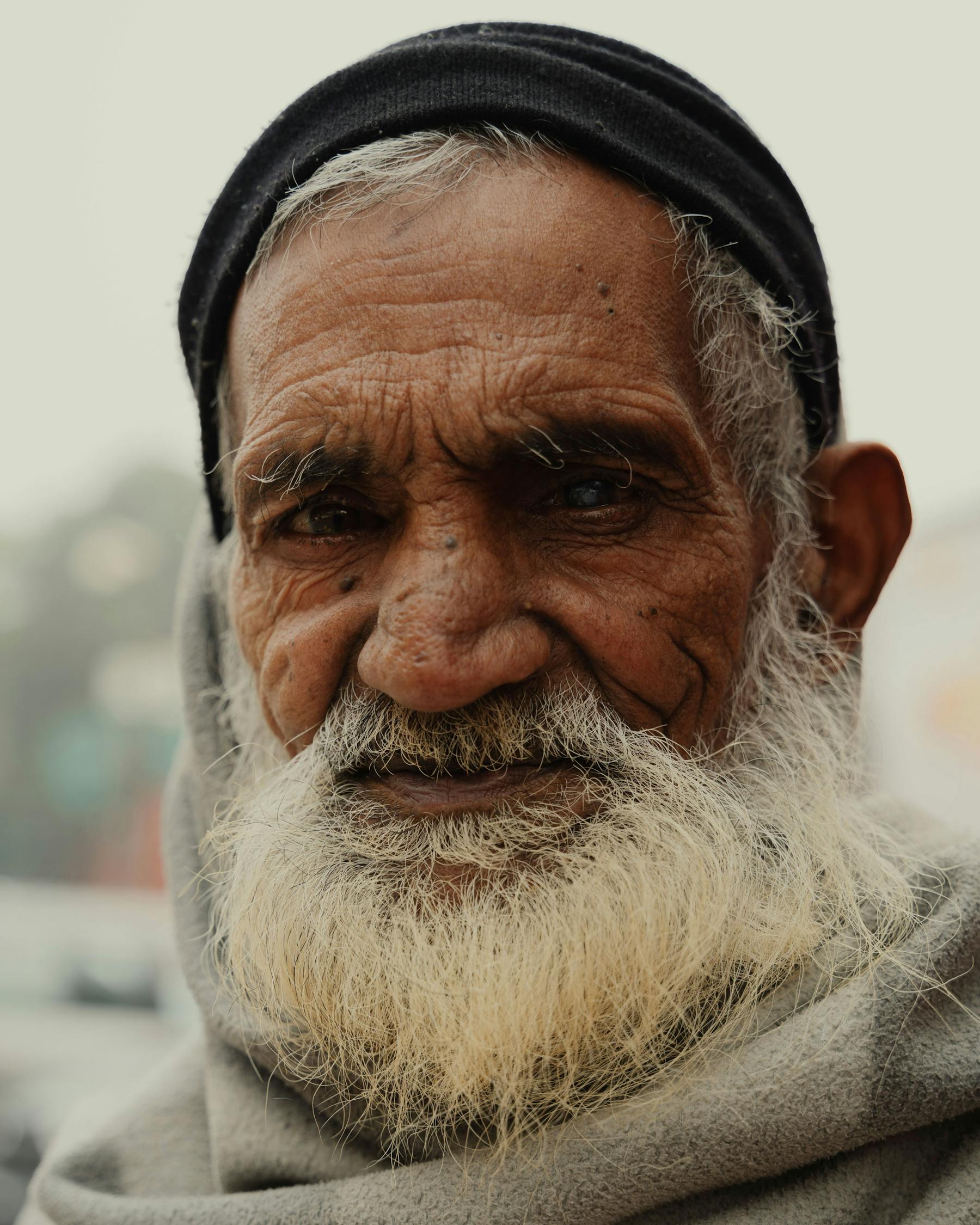
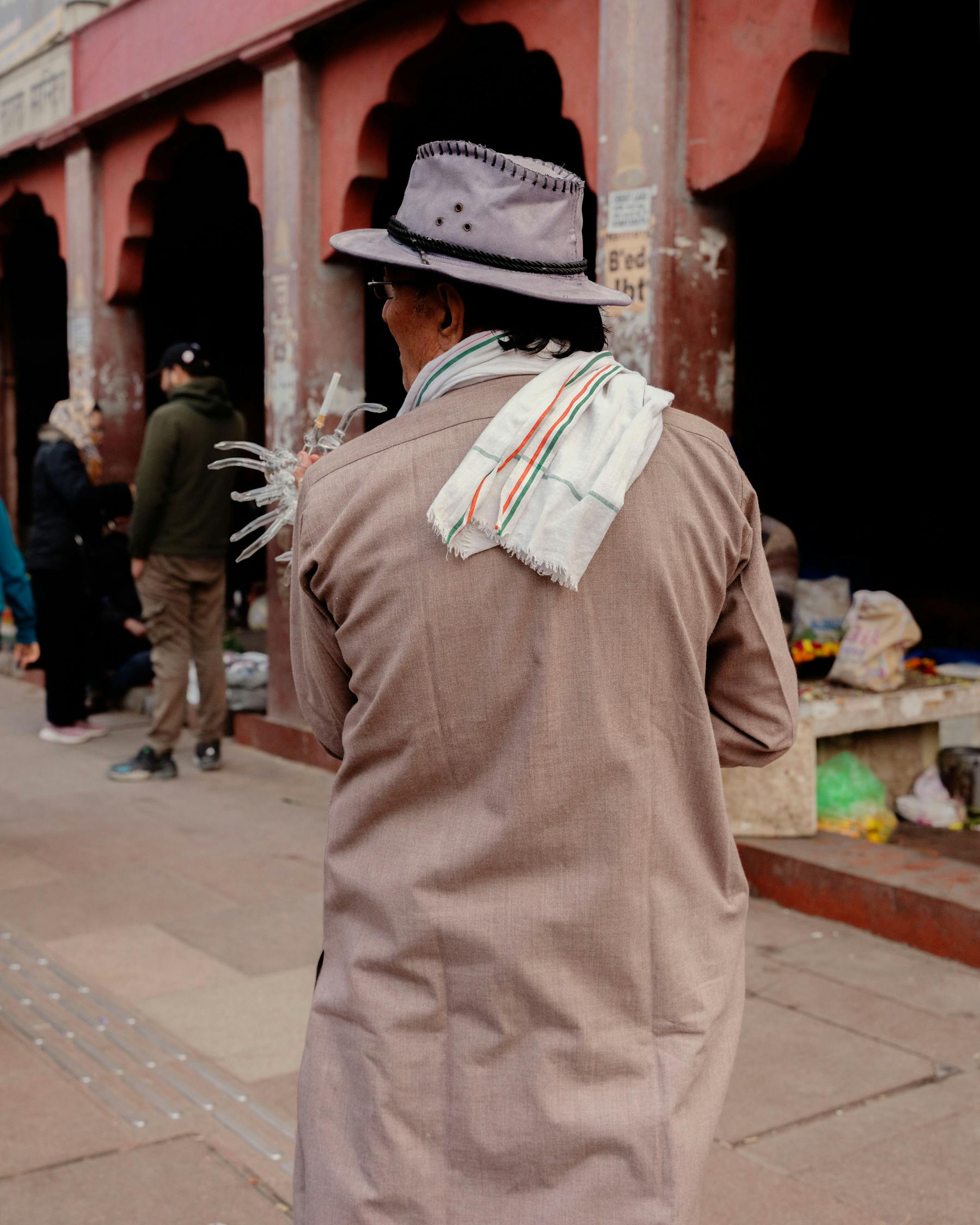
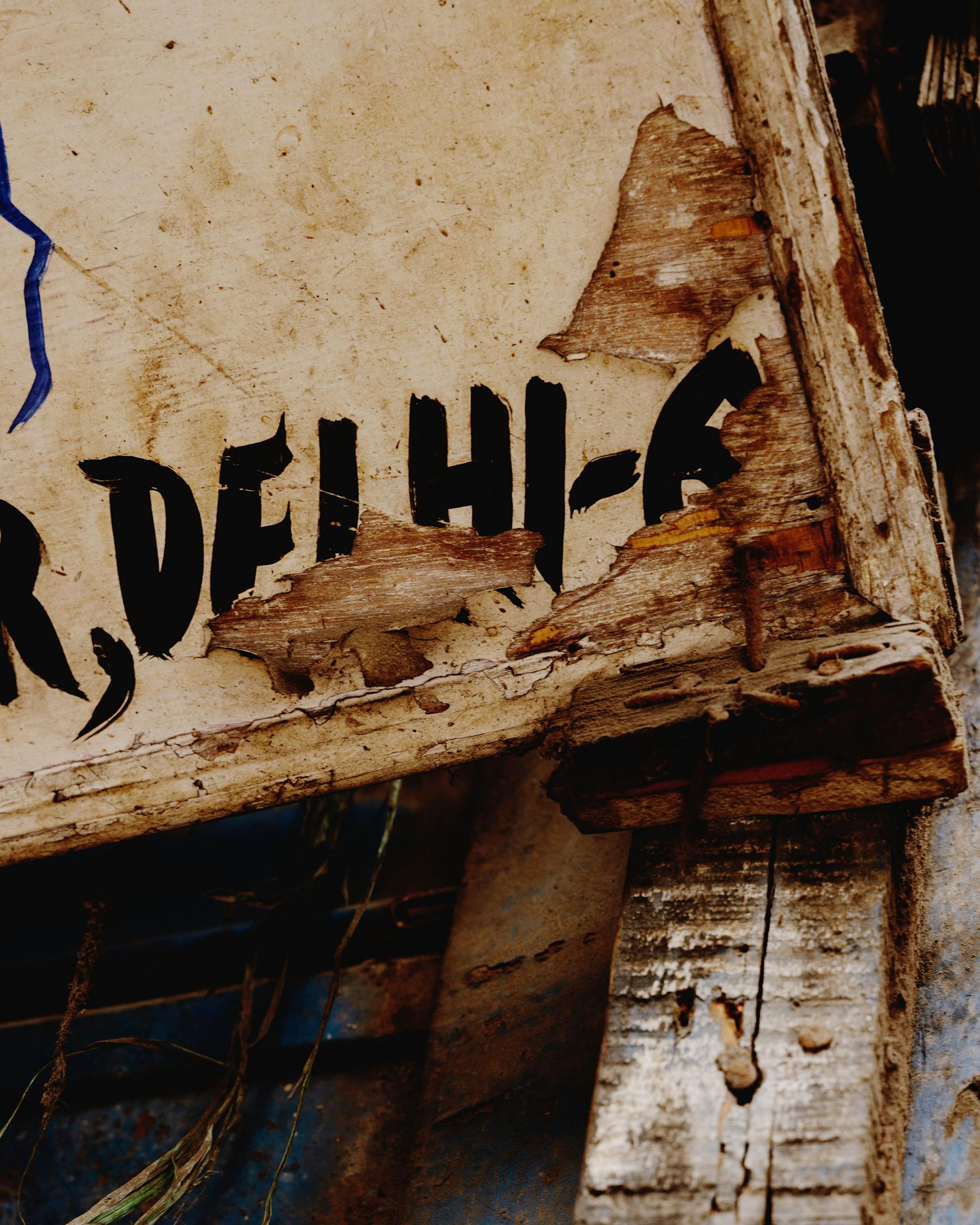

Did you always wanted to be a fashion designer?
I got into fashion through reselling Supreme and sneakers and then when you go into stores you start to develop your own taste and perspective. It also became very obvious to me that there needed to be an Indian brand, championing our craftsmanship, in those spaces. So when I was in my second year of university, I started traveling to different artisans to see whether there was the scope to start something new.
Can you introduce us to Kartik Research?
It’s an Indian heritage and artisanal brand based in New Delhi, India. Its core tenet is to reintroduce humanness into clothing. Each item of clothing has some handmade element to it. The shirting and quilts are produced on handlooms and dyed with plants and herbs and the embroideries are done by hand. As a result, each piece that is produced has its own unique nature, embracing its imperfect character.
Where do you find inspiration?
A lot of it is through my travels. I spend every other weekend traveling to different parts of the country to develop textiles with our partner artisans. Besides this, I look for a lot of imagery. Indian uniforms, subcultural dressing, royalty, architectural features, tile patterns etc.
What is the importance of Indian culture in your creation?
It's the most important thing. Each season the brand visits a subculture from India’s heritage. Our debut collection explored the aesthetics of the ‘Beat Music’ scene that emerged from 1960s psychedelic rock’s fascination with India. Later collections have gone on to answer questions about the aesthetics of aspiration. Why do we aspire to own certain things? In a banana fibre weaving village we work with in Karnataka, jewelry and home ornamentation is made from crocheting banana fibre. Is this a function of just being resourceful or is the community’s value compass oriented towards their own heritage? This is a microcosm of the wider question KR aims to solve by putting forgotten Indian crafts back on the global map.
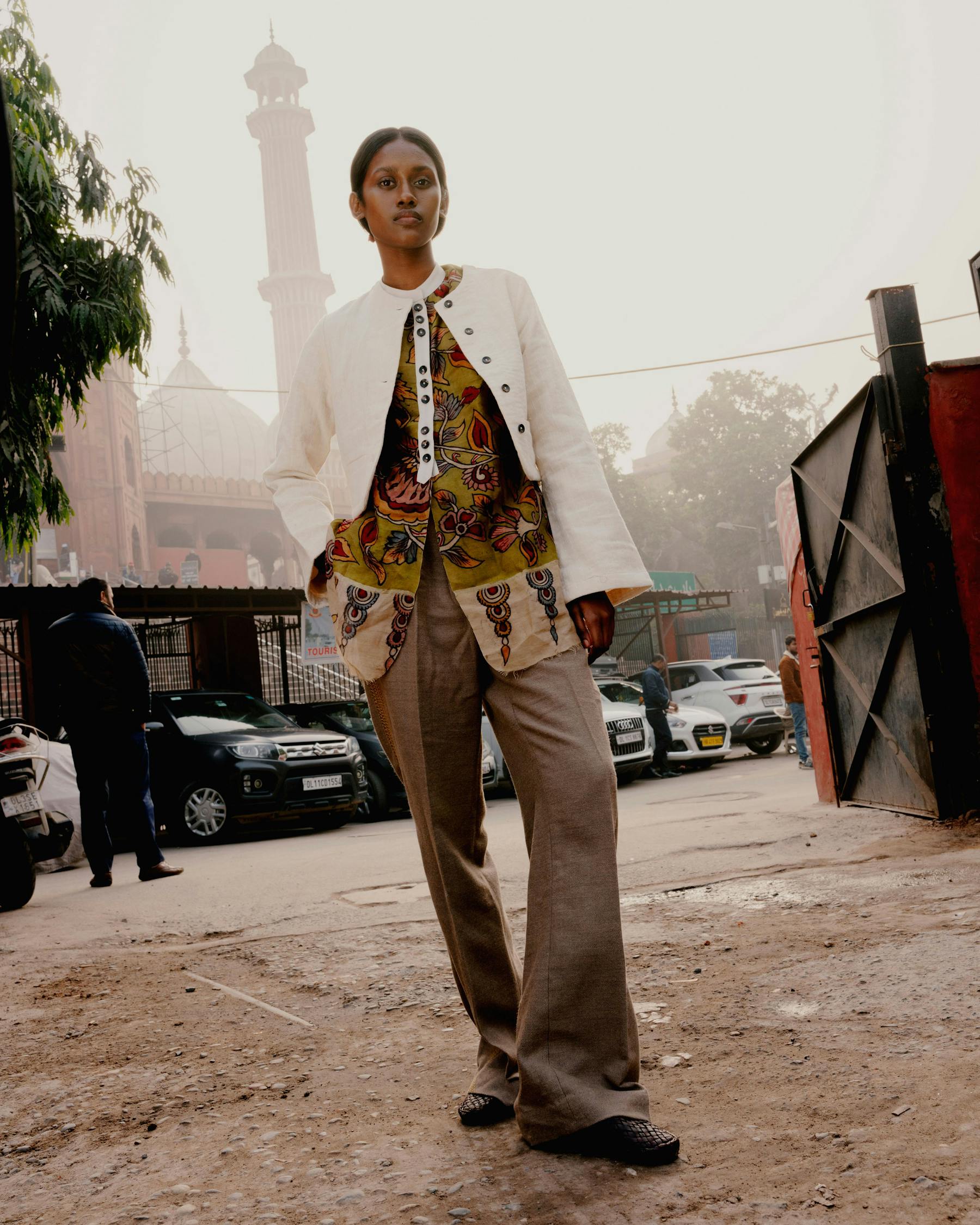
What designer do you admire?
I really admire Kiko Kostadinov, Craig Green and Dries Van Noten. They carved their aesthetic, stayed true to it irrespective of trends and built a community around it.
How would you describe the contemporary New Delhi creative scene?
It's new and exciting but it's still figuring itself out. I'm not excluding myself from this but I think to take the risk to try something creative in India you sort of have to come from a level of privilege. Unfortunately, that's reflected in a pretty homogenous view that's pretty focused on the western gaze. There is a subsection of creatives in the city who are focused on reinterpreting and exporting our culture through looking at Indo-Nostalgia as a generative force rather than a backwards one. I'm optimistic that this will really add momentum to the scene in the long run.
What about fashion in New Delhi?
It's very strange and dated when you look at what most young people are wearing. But if you look at the creatives, a lot of them are making clothes themselves to suit their desire of how they want to present themselves. I think that's partially a function of there being a gap for good stuff in the market. I see a lot of streetwear 1.0. So people who know what they are doing are either supporting their friends in a grassroots way or just taking the initiative to create their own.
How do you imagine KR in a few years?
It has always been to establish KR as a global luxury brand from an Indian cultural perspective. So practically, I think that can play out through us continuing to show on calendar and opening up our brick and mortar avenues.
Do you have a mantra?
Not like a one liner or anything but I think being an entrepreneur teaches you how to constantly face challenges and solve problems. So I find it super important to keep the bigger picture in mind and not get too caught up in the small hiccups along the way.
Kartik Research in three words?
Optimistic, authentic, lived-in.
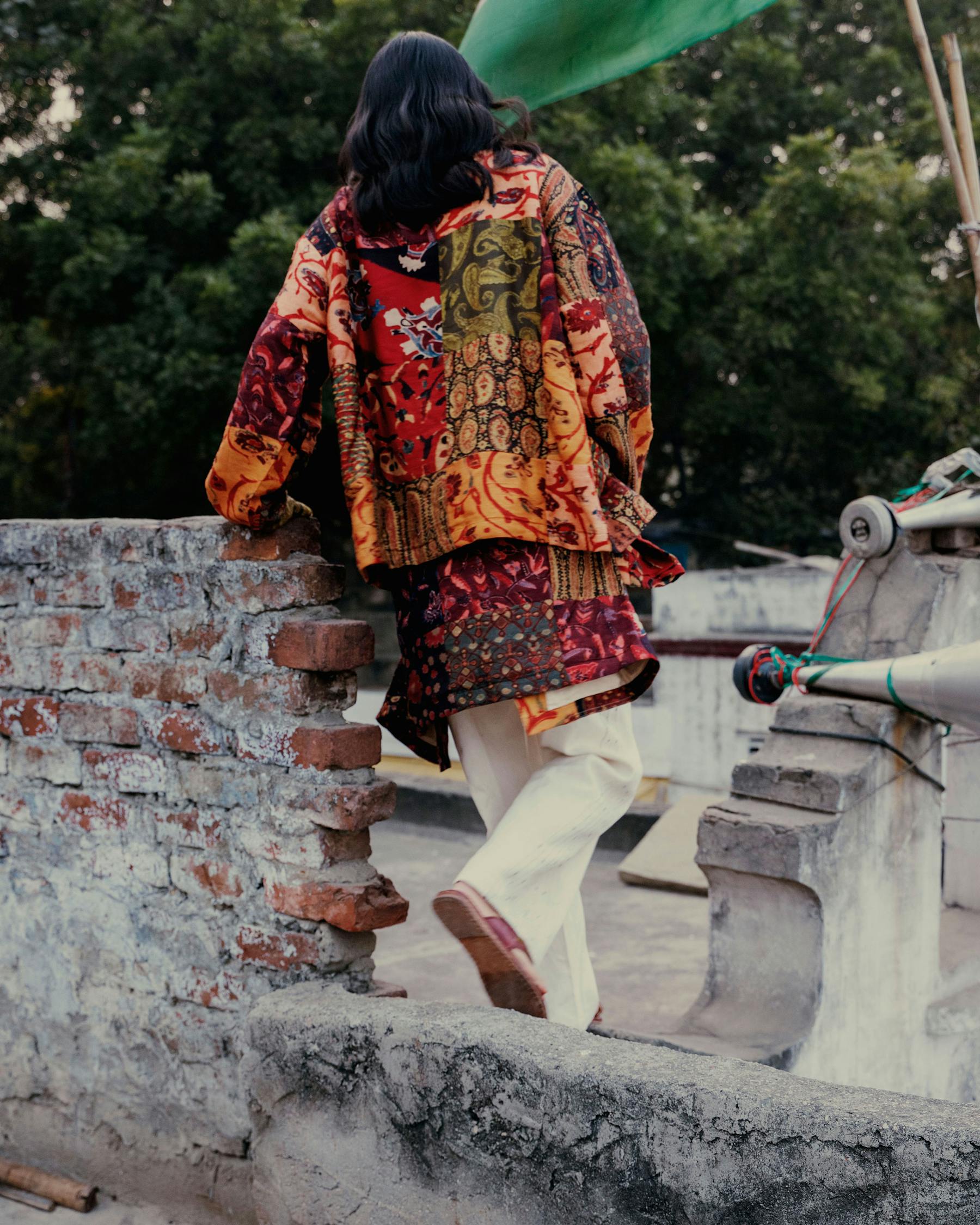
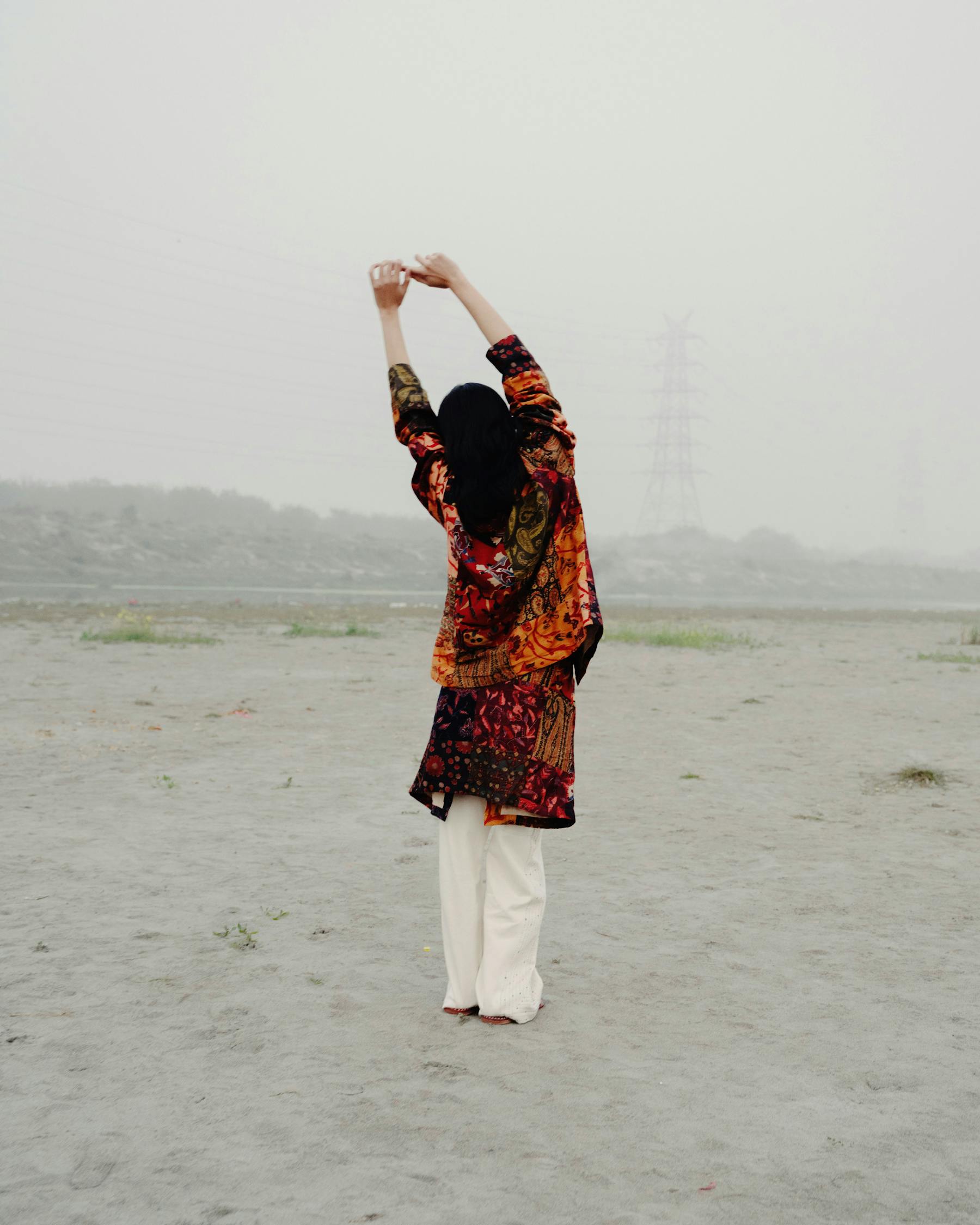
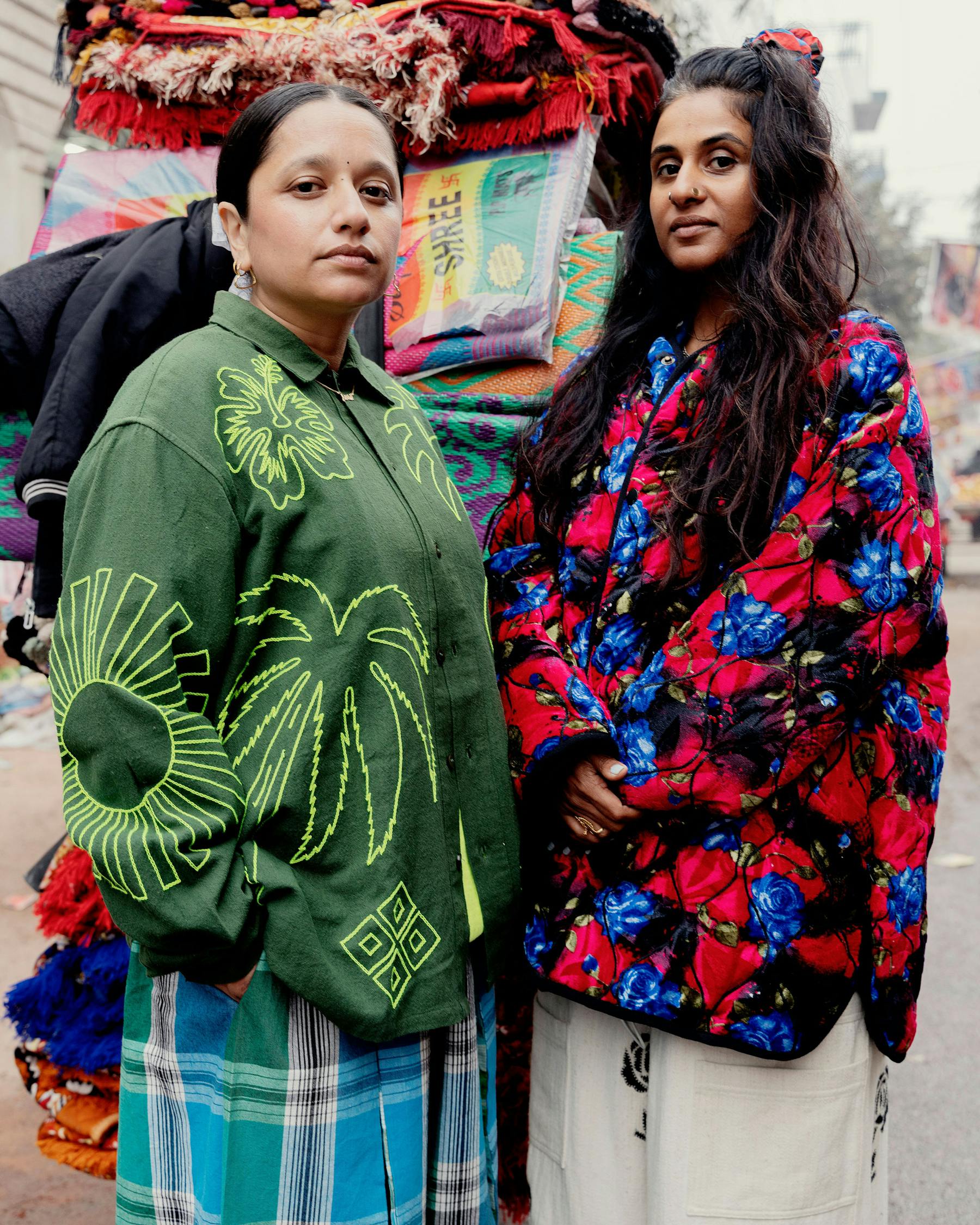
What is the DNA of NBNW?
NorBlack NorWhite sprung from the seed of digging deeper into our roots. Raised mostly in Toronto, we made our way to Bombay in 2010 to understand where we came from and explore other ways of living. We discovered the foundations of what would eventually become NBNW. We founded the brand on India's exceptional craftsmanship, exploration of culture and our sweet, sweet friendship.
Tell us about your fashion journey?
Style was embedded in the neighbourhoods we grew up in: the music, the people and the cultures we were lucky to be exposed to. We didn’t go to a fashion school but met each other while making art. When we shifted to Bombay, we took a trip to Kutch, and developed some beautiful textiles with no real goal. One thing leading to another and our personal art project turned into a brand. We’ve been doing this work for 14 years which has evolved into a creative studio, clothing brand and art practice.
Where do you find inspiration?
The streets are a constant inspiration, we're still wide eyed when we're exploring out here in India and other places we've travelled to.

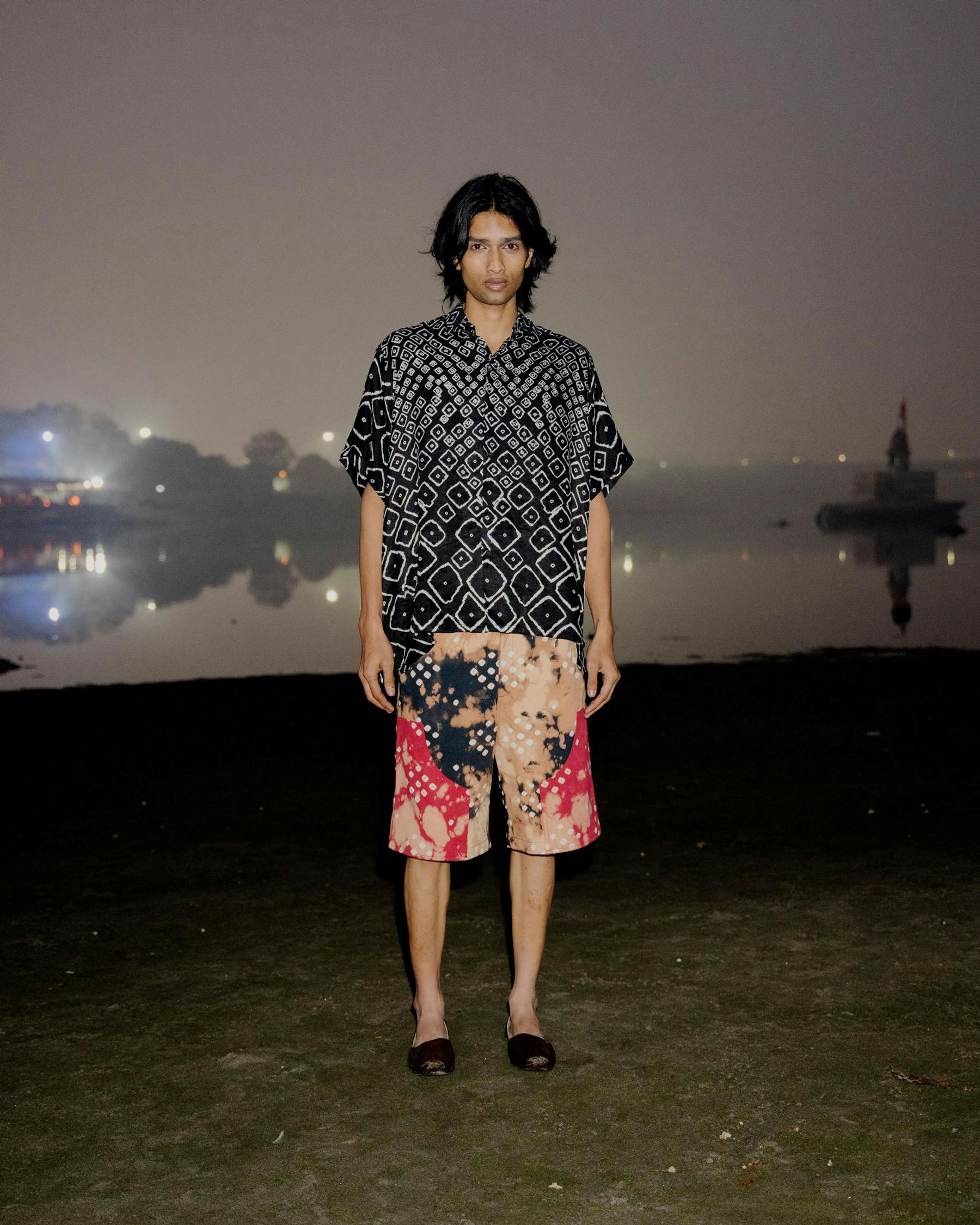
What about your creative process?
Always flowing and always creating. Since we're not formally trained in the design space, our process is quite organic and raw. We don't follow one process, or any rules, which makes it fun and constantly evolving based on our everyday experiences.
How is the New Delhi creative scene today?
After living in Bombay, a city we hold very close to our heart, we moved to Delhi about 8 years ago, as there were more resources out here and most importantly more of a design community, especially in the fashion space. It's a great creative scene, with so many different perspectives and takes on the crafts and textiles, it's quite nice to be amongst it.
What fashion figure do you admire?
We admire Ashis Gupta, one of the pioneer designers from India who really carved a space for himself in the international scene. Our style Icon would be Rekha, obviously.
How would you define the Indian fashion industry today?
It's just constantly changing and evolving, especially since we started. It's exciting because you get to see all these homegrown brands being born and really respected locally. There isn't a need to go out of India, you can find it all here. It's an exciting time!
How would you describe fashion in New Delhi?
Definitely a vibe. Love going out and seeing all the different looks and sub cultures of style.
And what about daily life?
It's intense and chaotic, but we've been able to build out a really beautiful team and space out here to call home. You're close enough to the mountains, so when you need to escape the chaos of the city for some fresh air and chai the option is always there.
How do you imagine your brand in a few years?
Who knows where life will take us! Our brand is an extension of our art practice and we can only see where it goes as it all happens.
If you could describe your brand in a few words?
Slow and steady.
Do you have a mantra?
Protect Your Spirit.
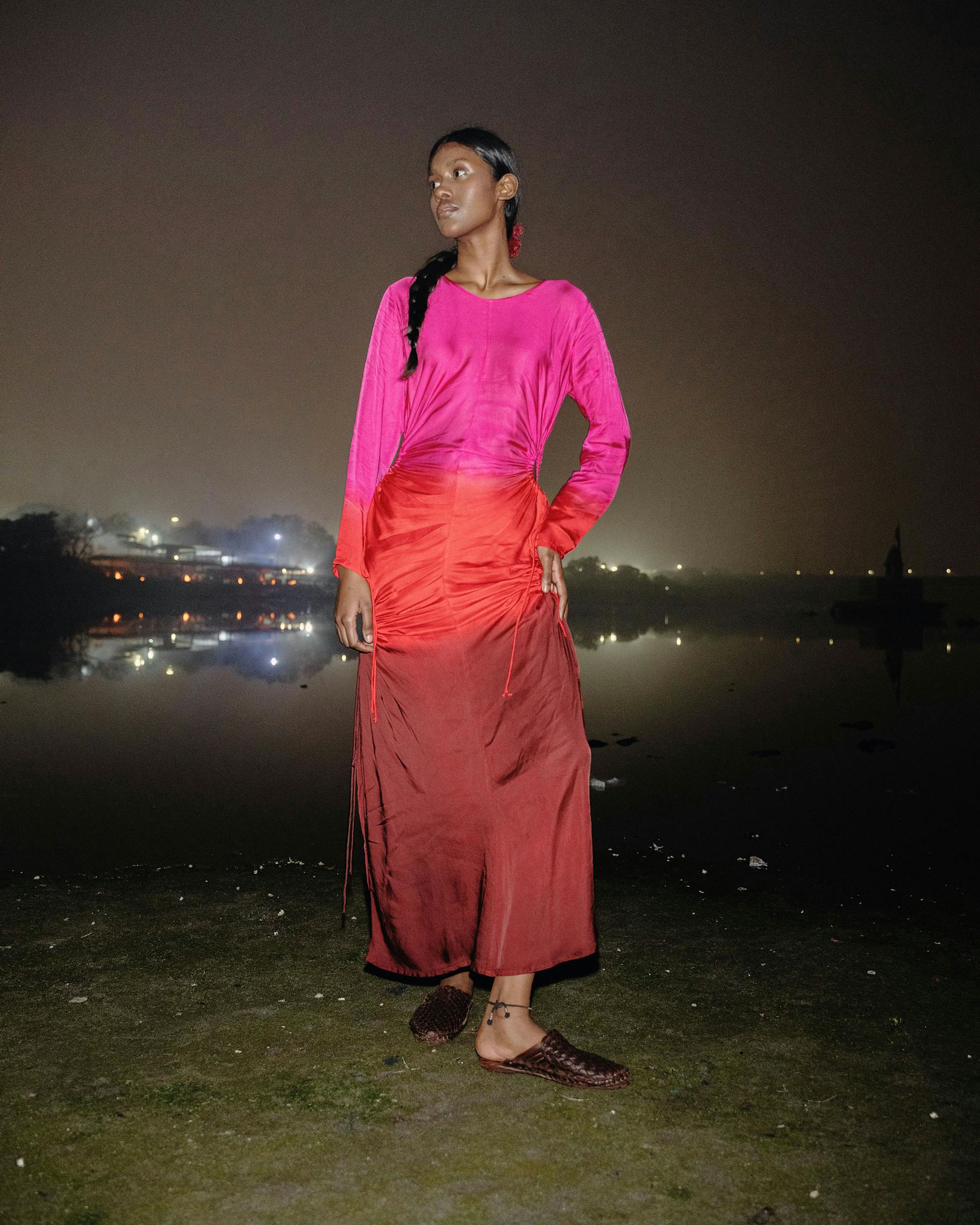
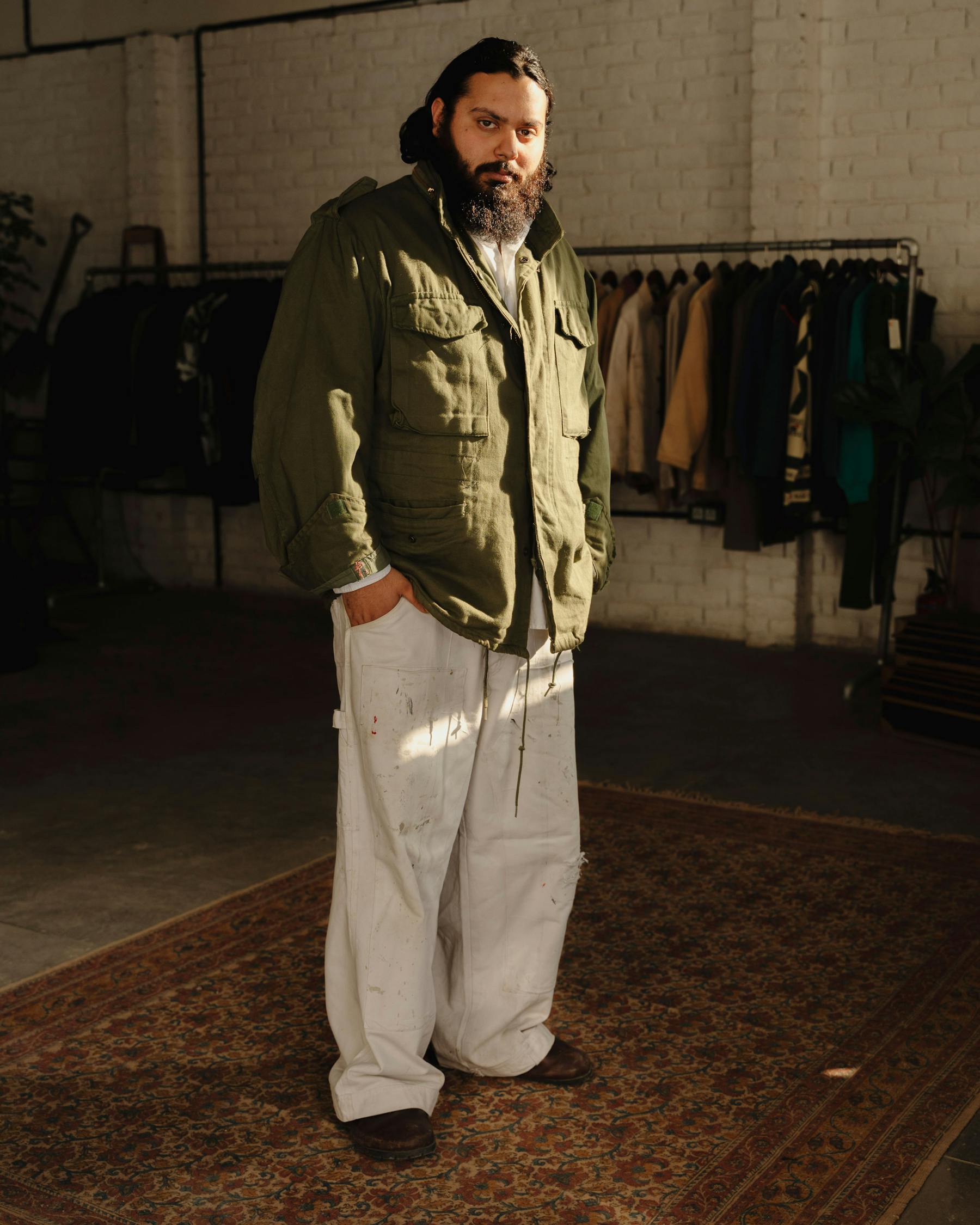
Tell us about your fashion journey.
Having come from a textile manufacturing family, I grew accustomed and always had an affinity for textile, garments and the feeling they would bring to the consumer. I also grew up at a boarding school where uniforms held huge importance, as we had multiple uniforms for different times of the day. This really made sure I realized what I was getting into.
Can you introduce us to Rkive City?
Rkive City essentially is a research and design house which highlights post consumer textile revival as a solution through a new age process based remanufacturing system that is developed in-house. Using this, we make classical silhouettes contextualised through my life in Punjab, Rajasthan and New York.
What is the DNA of your brand ?
For us, anything that comes into our facility will have a new life. Nothing goes to waste. The DNA is about our processes we follow and that’s what makes us who we are: being zero waste and carbon efficient. In terms of design, we have our embroidery work and even our printmaking which all take shape with the classic silhouettes inspired by the traditional work wear and utility wear.
What is the importance of upcycling in your creative process?
Upcycling is the core of what we essentially do. We aim to be a brand based purely on post consumer and pre consumer textile waste re-manufacturing. Figuring out how you could take these old post consumer garments and put them back in a supply chain was something that really got me excited and hence got me to experiment with upcycling as the main practice here at Rkive.
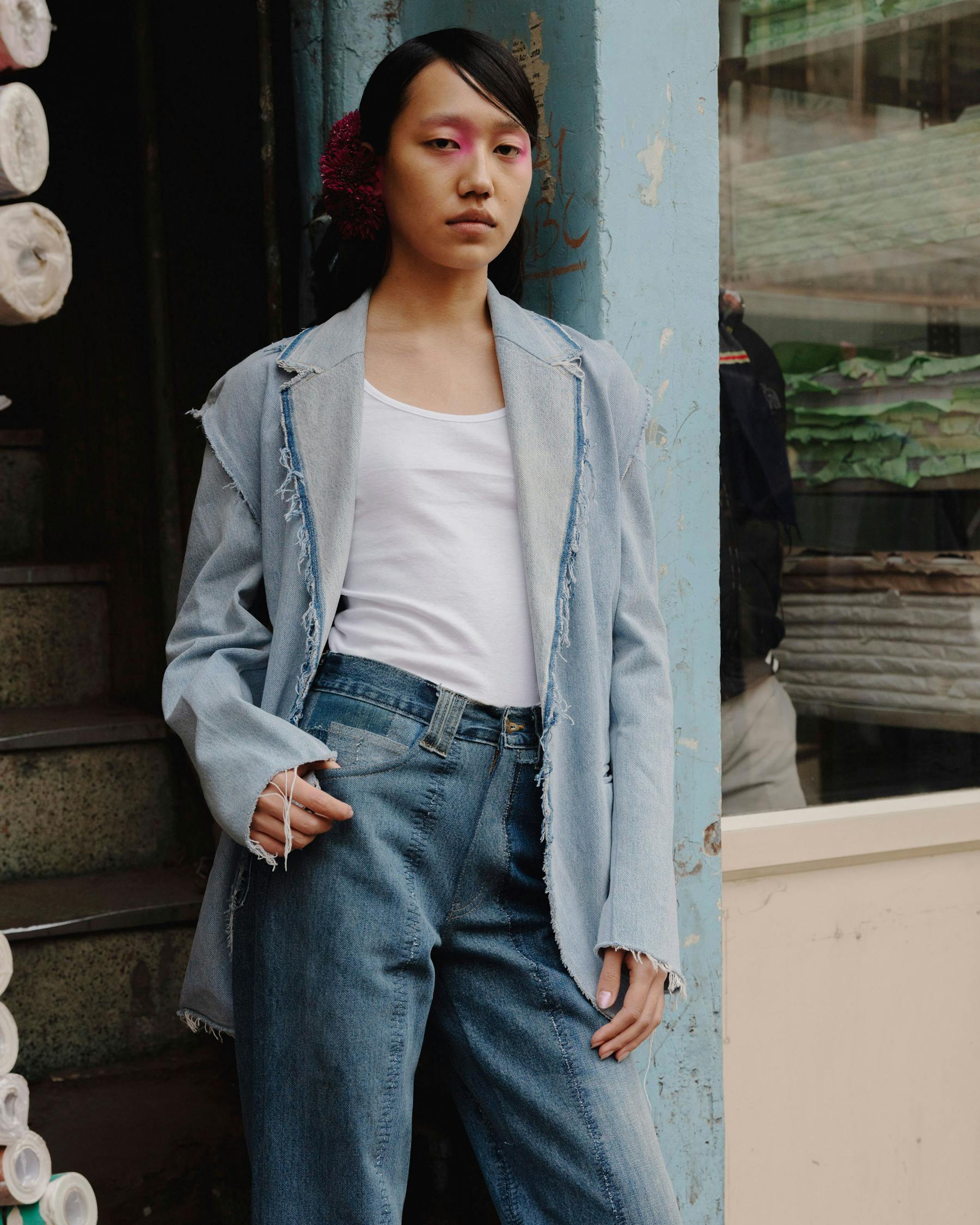
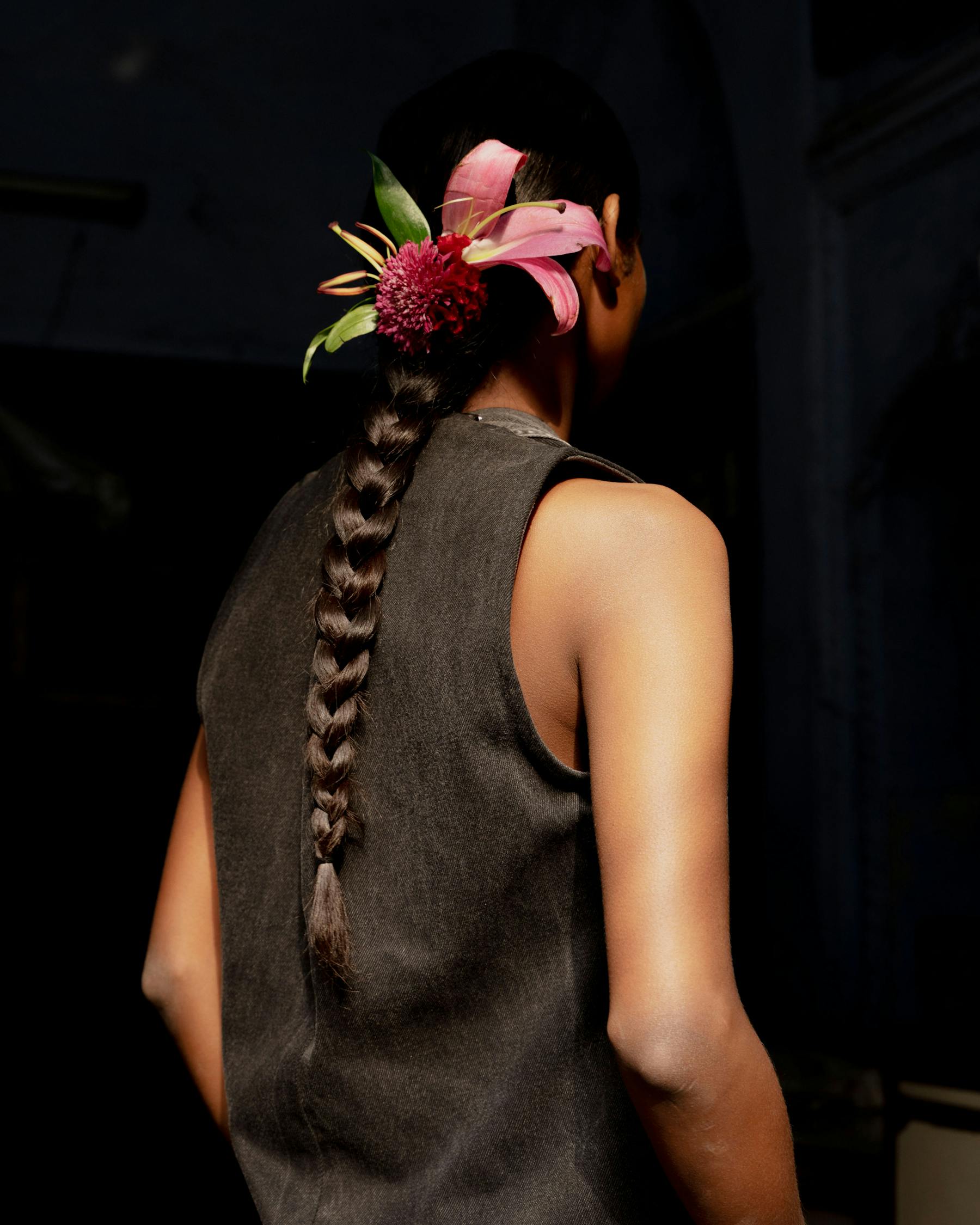
How do you nourish your creativity?
Being in Delhi and having family and friends in textile, fashion, art and even architecture really spurs my creativity. As a team, we have always been surrounded by thought leaders who aim to make an impact on design language and actually solving problems rather than creating contextual stories to sell the same old run of the mill yardage.
What is the importance of the street in your creation?
I love to hang with artisans or people who share the love for textile and the manufacturing system. For me, it’s all of them, the artisans and the seamstresses truly inspire me, they just have so much to tell. We also run repair shops where we invite people to come in with their old jeans and pants to repair them. It’s this quintessential idea of how we perceive repair to be in the streets and how essentially nothing goes to waste.
What is the importance of Indian culture and style in your creations?
It’s the culmination of all kinds of fashion throughout the world. It's also how we use multiple different fabrics and just pure fabric lengths to tie it as a dhoti, a lungi, a shawl or a sari. It's this draping into a garment without having to stitch anything.
How would you describe fashion in New Delhi?
I think when compared to other cities in India, Delhi loves to dress up. And even when they are dressed down, they still dress up. In the sense that they wouldn’t show up outside in flip flops, it’s very much showing up in their own sensibility of fashion and different styles. There are people who are wearing fashion from the street, as well as this indo western look of people styling different cultures together.
How is the New Delhi creative scene?
It’s about all multifaceted artists and creators. They have so much to refer to with regard to data and historical relevance, as well as modernizing different cultures and pushing it out as a new Indian contemporary language.
How do you imagine Rkive City in a few years?
Rkive City is more than a brand, it's a system with multiple applications towards the new era of fashion and lifestyle products. We’re more about the slow and respectful life and we wish to keep adding value, style and respect to apparel and fashion as a whole. We want to create and style a completely new era of sustainability in the fashion sector.
Your brand in three words?
Classic, conscious and curious.
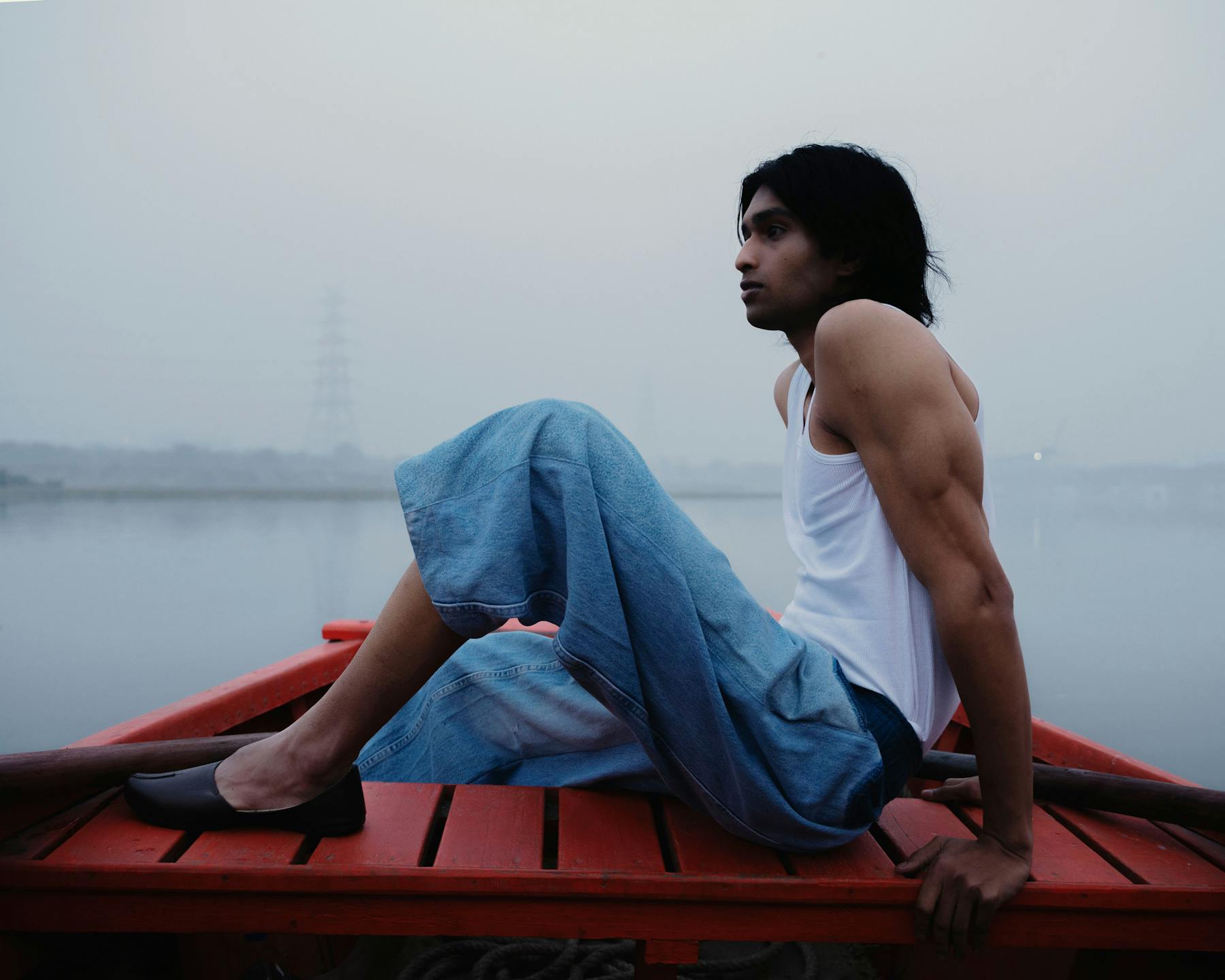
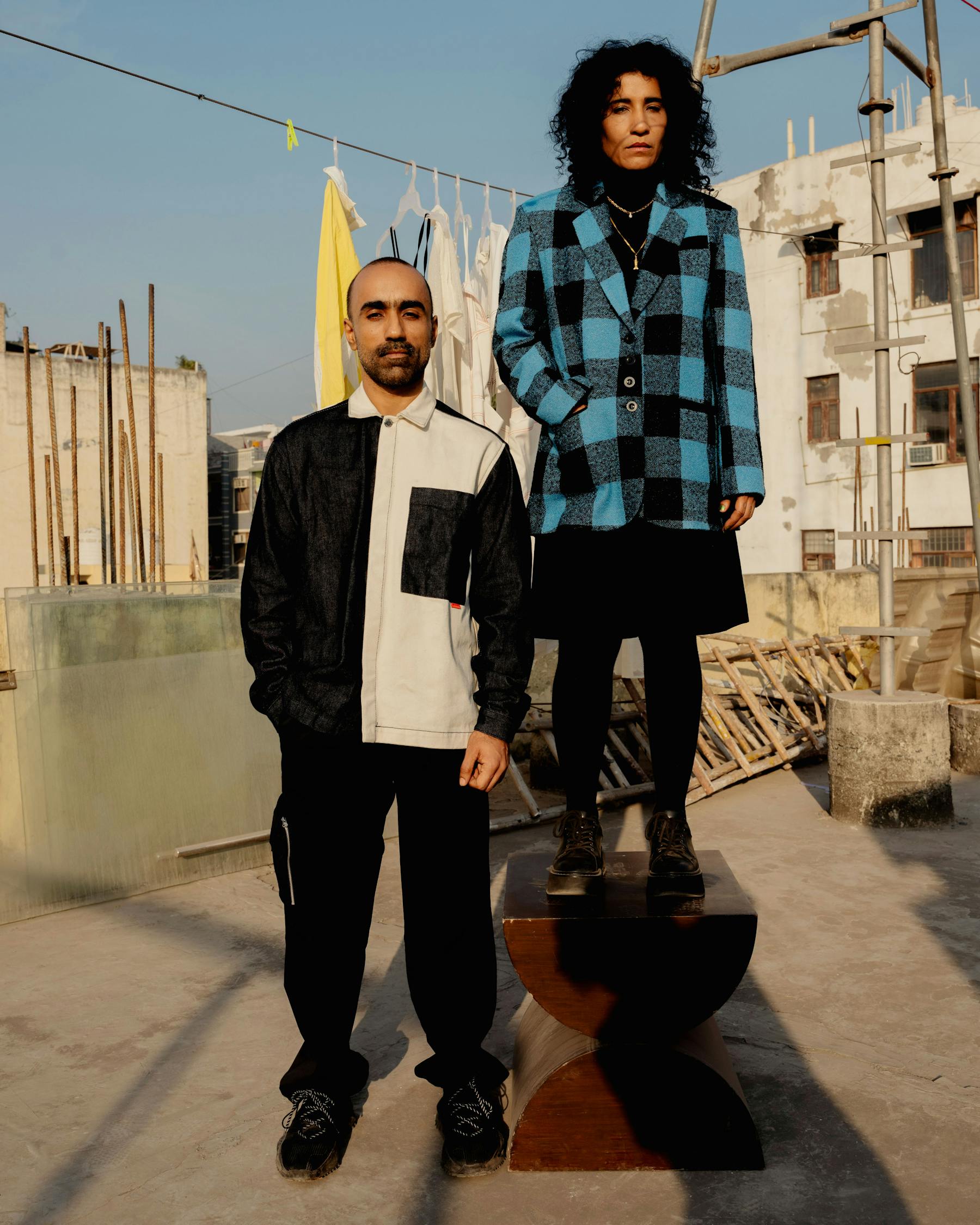
When did you decide to become fashion designers?
We decided to follow this path when we met. Amrita already had a vintage store then and she came up with the idea of making a small collection that we sold from the store but somehow ended up taking it to the Fashion Week. The idea of creating something unique together intrigued us and here we are pruning Lovebirds with every fiber of our being. Our journey so far has been phenomenal, it’s been enriching for us creatively and personally.
Can you introduce us to Lovebirds?
Our brand is a homegrown label that focuses on making clothes for women based on ethos rather than trends, while engaging with talents throughout India. We think clothes are a matter of celebrating the unique bodies we all have. In a nutshell, Lovebirds is a brand that celebrates the individual. Our intention while building the brand was for self-expression.
What is Lovebirds’s spirit?
Clothes have a life of their own. It's practical, handmade, and personal. We believe good design means less waste, timeless styles and durable products. We make our products using high-quality locally sourced raw materials, partnering with craftsmen across India and producing everything in our studio in Delhi, which not only gives us better control over our quality but also helps us maintain an ethical, fair, and inclusive work culture. Almost 90% of the materials are locally sourced and everything is produced in our studio in Delhi.
Where do you find inspiration?
We are the biggest support systems to each other. A dinner at home or any precious time we find together is us just talking, thinking, dreaming, and charting what the future of garment-making and Lovebirds could be. Inspiration also comes from the books we read, the music we listen to, our travels, and our kids who have been so thoughtful and curious with their wild imaginations.
What about your creative process?
Collaborative, deliberate, and practical, we look inwards and outwards for creating. We consciously decide on what to choose, which materials, and the shapes that the garment will take its form.
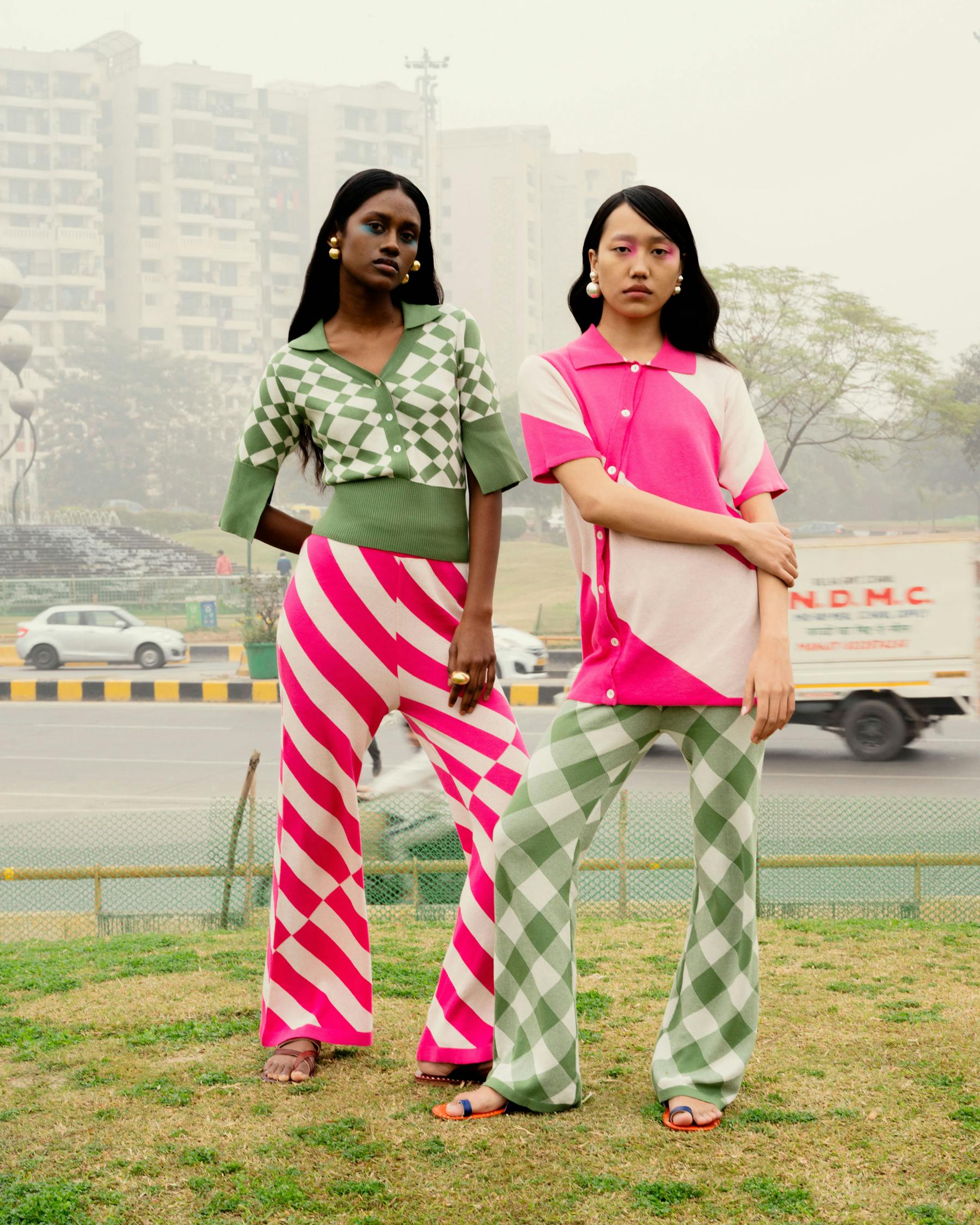
What is the importance of Indian culture in your creations?
Indian culture and craft are the root of our ecosystem. There are so many weaves and skill sets to be explored when it comes to garment making and giving their due opportunity to shine. No one does it like India, we're blessed with so many skills and weaves that you won't find anywhere else. We always say we have to be louder, we have to push more Indianess into our fabrics and source from all parts of India and represent all parts of it.
How would you describe fashion in New Delhi?
Energetic, creative and original. They are no longer looking for the silver screens or the big stars to tell them what to wear but rather into themselves which is so important. Delhi’s scene is what Copenhagen is internationally, very conscious, holistic, and aware.
How is New Delhi life?
Delhi life is super fun. Very vibrant, with everyone around India and the world here. Everyone here has a story here and we think a lot of them are worth listening to!
How would you describe the New Delhi creative scene?
We love Delhi and its people. We love the street style here and how you'd always find something original if you walk down the street. People dress up according to the liveliness of their minds and don't follow trends, it's brimming with life here. Our location at Dhan Mill is such an ideal spot for people-watching.
How is the Indian fashion industry today?
Optimistic, experimental, and very ready to take on the world. I like how our designers and creatives have slowly been taking up international space and prominence. We’re no longer looking at the West for inspiration but now have claimed our space and used our voice.
What designer do you admire?
We admire the great Yves Saint Laurent for bringing glamor with refinement. Rei Kawakubo for her shapes and originality! We don't have a style icon per se but anyone who dresses up instinctively is attractive.
How do you imagine Lovebirds in a few years?
Continually evolving, with new ideas, new paths, and stories to tell. We want our community to grow and have more people enjoy what they are wearing and re-wear them through the seasons.
If you could describe Lovebirds in three words?
Timeless, unique and conscious.
